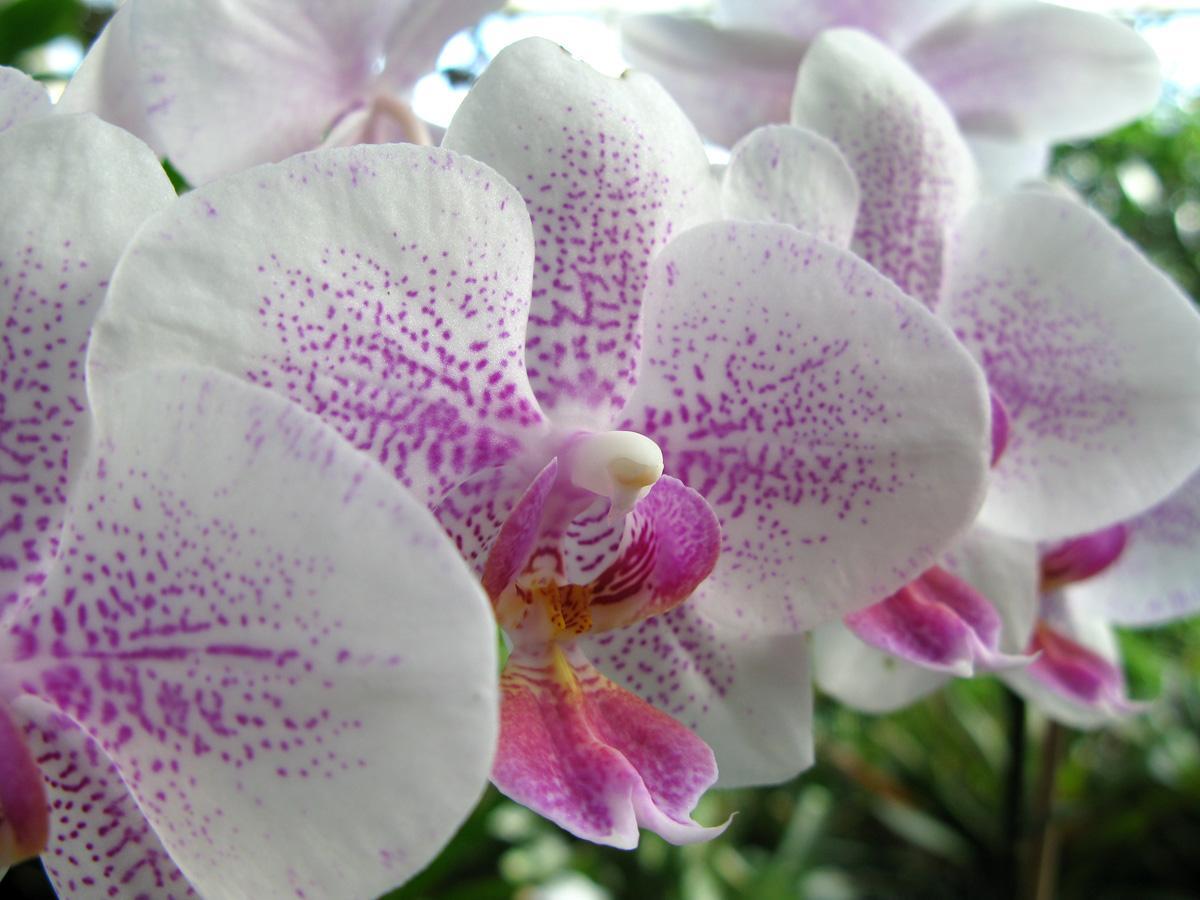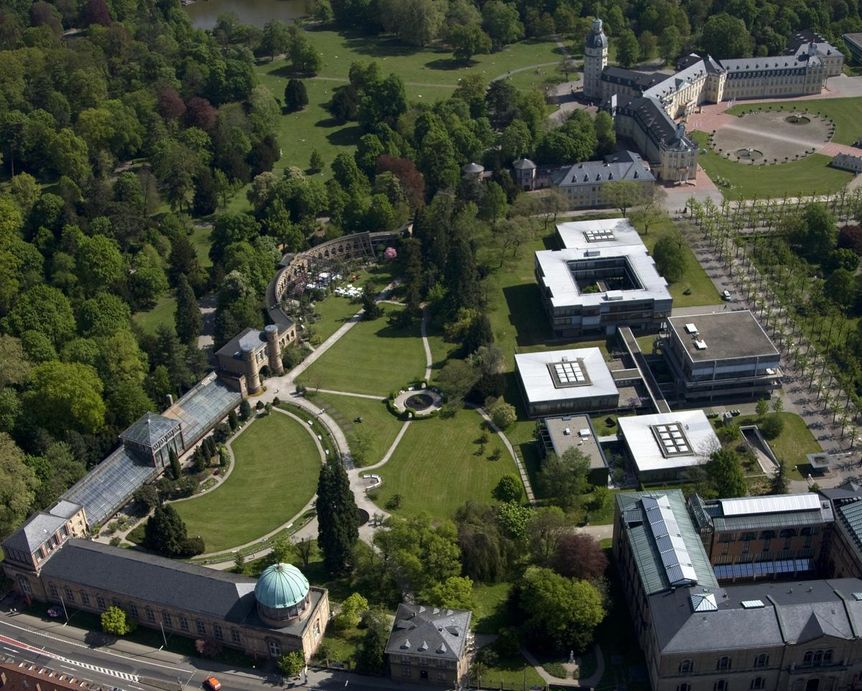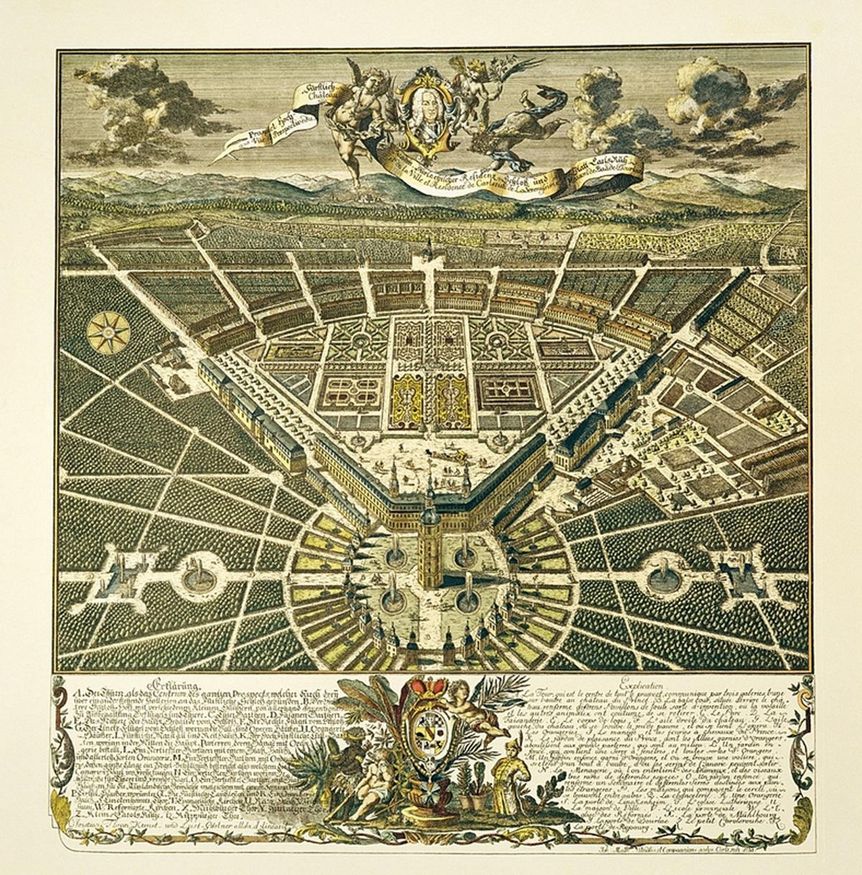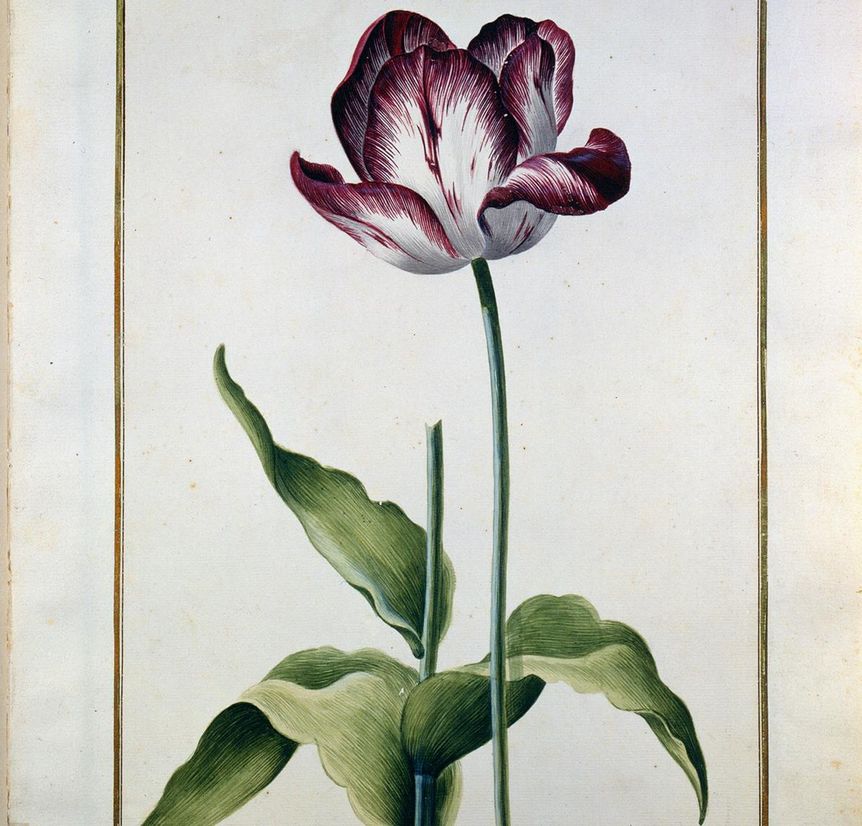PART OF PRINCELY REPRESENTATIONPLANT COLLECTING
The acquisition of valuable collections was one of the princes' greatest passions in the 18th century. They collected paintings, porcelain or books as well as plants. After all, the gardens surrounding the palace were a princely representation.






